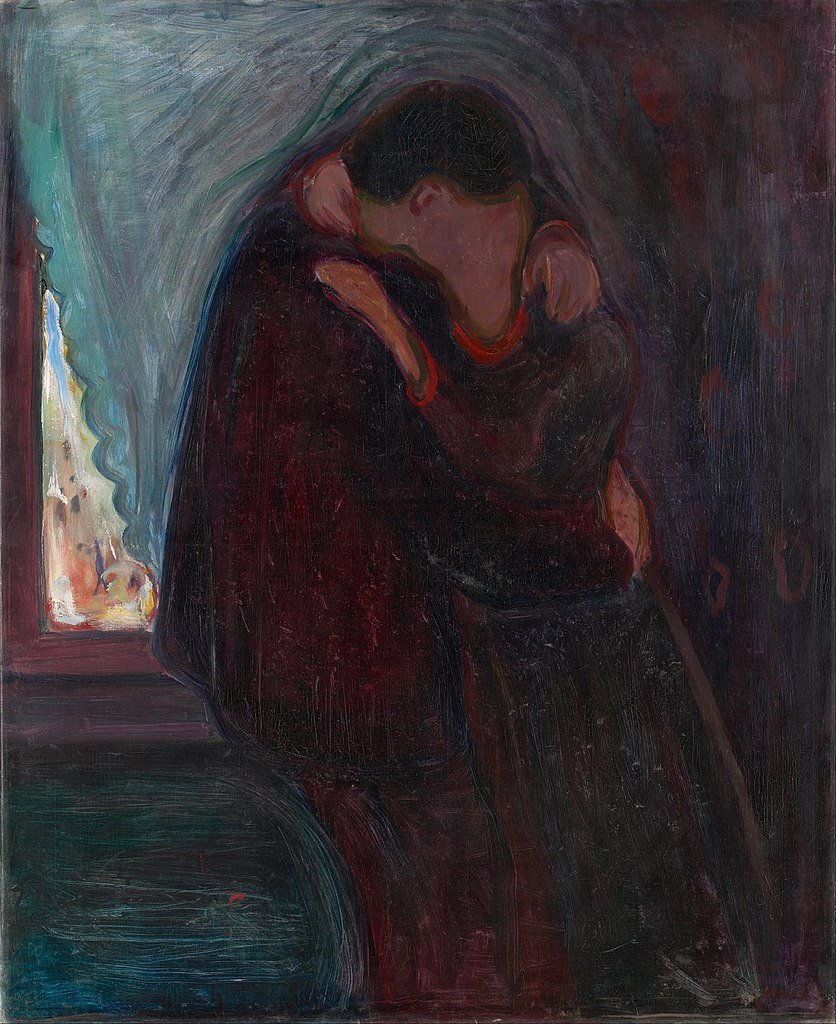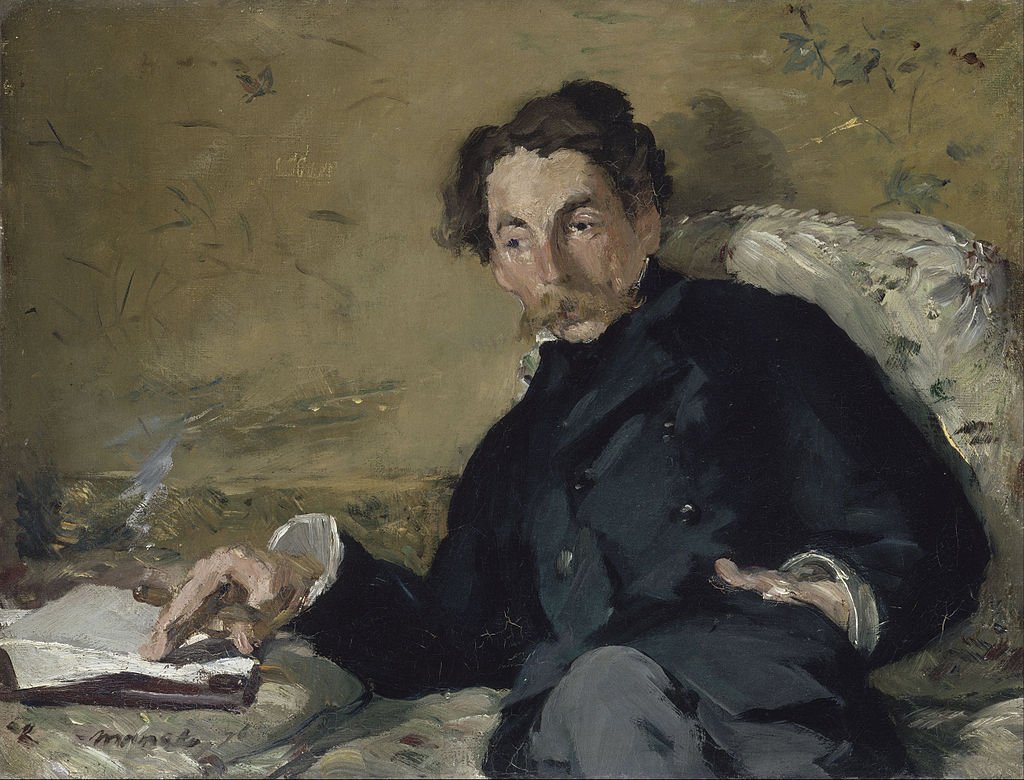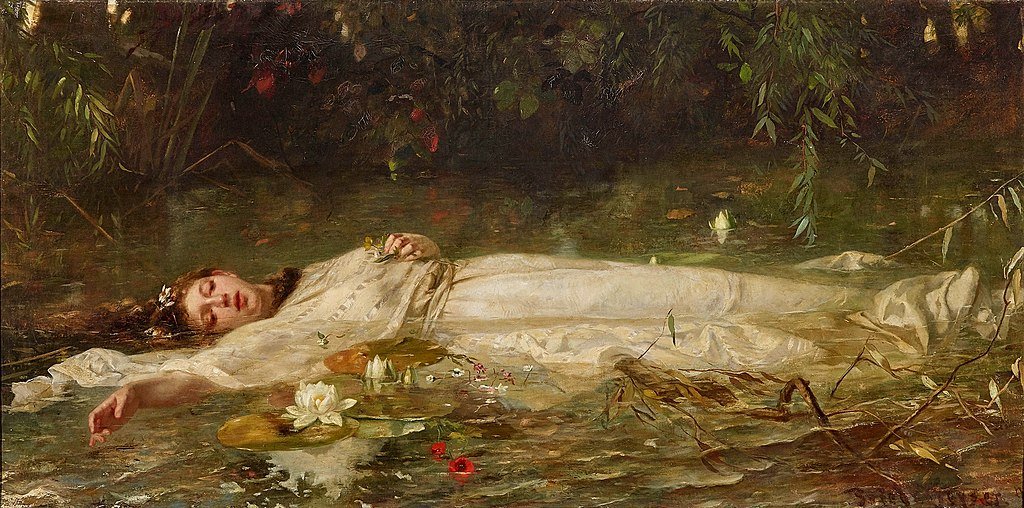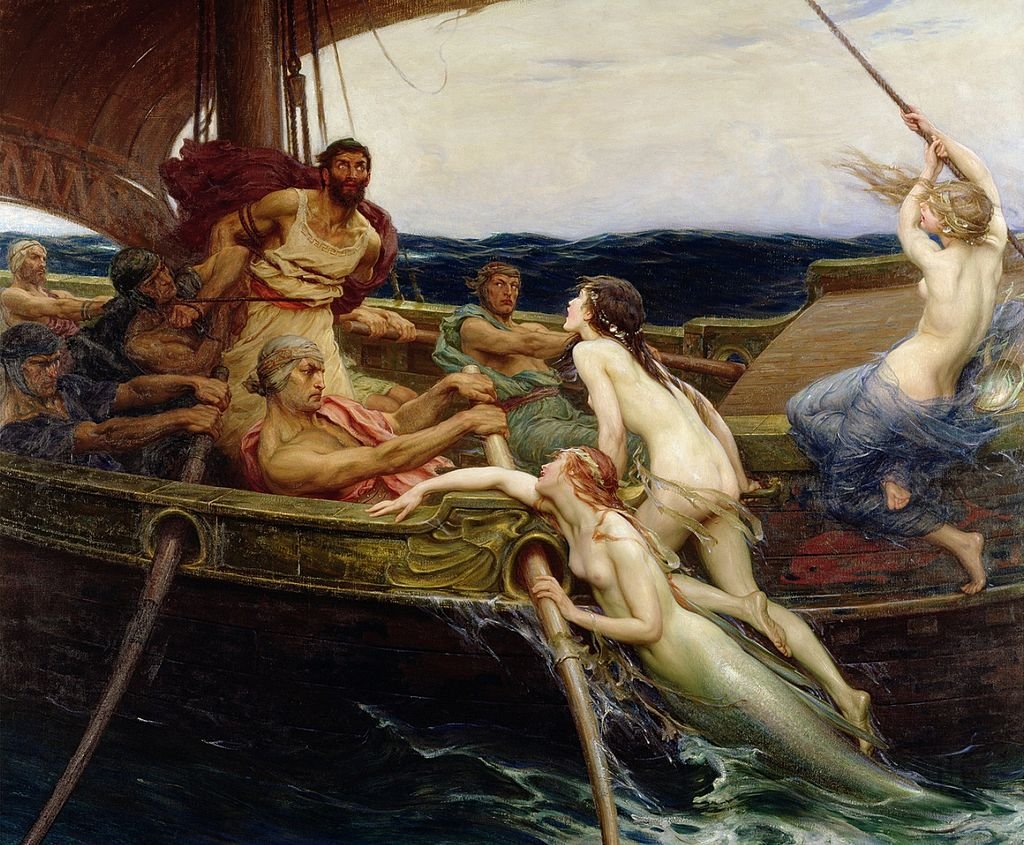Liebestraum No. 3 and the sublime
Liebestraum No. 3 is a piano piece composed in 1850 by the Hungarian pianist Franz Liszt. It translates to "Dreams of Love" and is one of three pieces that were intended to be lieder (music that's set to poetry). The piece is a nocturne, which means that it's inspired by or reminiscent of night. It's meant to be played briskly, with emotion, and is split into three sections.
We’ll set the stage with the piece’s historical background and its roots in Romanticism. Then we’ll focus on what inspired Liszt to write it and the song’s deeper meaning and implications.
Liebestraum No. 3 and Romanticism
Liebestraum No. 3 was published during the Romanticism movement, which originated in Europe during the late 1700s and marked a period of change in thinking about art, literature, music, and philosophy. Romanticism shifted away from the order and rationality that were propelled during the industrial revolution and the enlightenment.
It idealized nature (which is contrastingly disordered and unpredictable), glorified the past, and focused on expressing emotion and individualism. Crucially, Romanticism involves a "spontaneous overflow of powerful feelings" (William Wordsworth) followed by a period of reflection after calming down.
Liebestraum No. 3 is a quintessentially Romantic piece since it's extremely nostalgic, emotive, and seems to exhibit that which defines Romanticism—it showcases a spontaneous overflow of feelings when the song ascends into a fury around halfway through and then slows down, gets softer, and adopts a dreamlike tone—mimicking an outburst followed by reflection.
***
For a brief interlude…check out these articles for more insights + subscribe to my newsletter:
The mystical sublime
One of the goals of the Romantics was to both experience and reproduce the sublime, which is an emotional peak—an extreme or overwhelming emotional response (i.e. a "spontaneous overflow of powerful feelings") to extraordinary sights or encounters.
Interestingly, the sublime isn't defined by positive experiences but is a result of mixing terror and delight. Philosopher Edmund Burke noted that terror (as opposed to pleasure) is what produces the "strongest emotion which the mind is capable of feeling," and thus brings us to the bounds of our feelings.
It's only when pain and death are nearby are they terrifying, but when they're at a distance (i.e. when you're able to reflect on them), he says they excite delight. While the sublime is created this way, the feeling it induces is almost indescribable or beyond comprehension.
The piece reproduces the sublime
The content of Listz's piece seems to be inspired by the sublime—particularly by the feeling of immense love mixed with pain and loss— as well as reproduce it. And the music follows this same jumbled pattern, alternating between soft, light notes and loud, aggressive ones:
The song starts softly, with the pianist pressing down lightly on the keys
As it progresses, the song becomes dreamlike with higher and more frequent notes that ascend and descend quickly
There's a constant tension between ease and strain, which is achieved through shifts in speed, pressure, and volume
As a listener, the music draws you in when it gets louder and louder, more insistent, almost imploring you to feel the same emotions the composer and pianist felt. In a way, this gives us a window into the feeling of the sublime.
Liebestraum No. 3 was inspired by poetry
Liszt was inspired by a series of German love poems when composing the song, which translate to the following:
"Exalted love" by Ludwig Uhland
"Blessed death" by Ludwig Uhland
"Oh love as long as you can" by Ferdinand Freiligrath
Liebestraum No. 3 is based on the last poem, but it seems to incorporate themes from all three.
Exalted Love
"Exalted love" is a short poem that portrays being in the arms of the speaker's beloved as the highest earthly attainment, giving the speaker access to heaven and divinity. It expresses the extent of the speaker's love through the level of sacrifice he's willing to endure—he's a “martyr,” forgoing life and earthly pleasures to be with his beloved.
Blessed death
"Blessed death" is similarly short and relates closely in theme. The speaker equates love with death in a transcendent sense when being with the beloved causes the speaker to metaphorically die and glimpse heaven. Though not central to the piece, these poems are essential to understanding the depth of love (i.e. the delight component of the sublime) conveyed in the both poem which Liebestraum No. 3 tracks and the piece itself.
Oh love as long as you can
This is the primary inspiration for Liebestraum No. 3 and is the longest of the three poems. It's about cherishing every moment you have with the one you love because one day they'll be gone. It's in second person, so it directly addresses the reader, and is as much about the speaker's own experiences with love as it is about the reader's.
Analysis of the primary poem
The speaker urges the reader to "Love as long as you can" because your beloved will eventually die (just as the speaker's has) and to make the most of the time you have together—don't dwell on arguments or problems, but "give his every hour joy."
Just as the poem has a close relationship between speaker and reader, Liebestraum No. 3 shares a close relationship between pianist and listener—throughout the song, it feels like the pianist is trying to draw you in and make you experience the same emotions as him. And the peak of the song (which starts at 2:15) seems to correspond to the death of the beloved in the poem.
At the peak, the volume gets much louder and there's a lot of tension and emotion, which gets released when the pianist plays the same chords repeatedly (it sounds like controlled thrashing). This creates a desperate, insisting tone and is reminiscent of crying (this would be the "spontaneous overflow of powerful feelings" of Romanticism and seems to be the most expressive part of the song).
***
For a brief interlude…check out these articles for more insights + subscribe to my newsletter:
Knowing love through absence
Going back to the poem, its tone is authoritative and omniscient—the speaker commands the reader to "love as long as you may," and can do this because he's certain of the circumstances that the reader will inevitably encounter: "the time will come, / When you will stand at the grave and mourn."
The poem conveys the value of love by considering its absence. Similarly, the song becomes sadder and more reflective towards its end—after the peak, the third section reverts to the dreamlike scales and then to the original melody from the first section.
Though the melody is familiar, it sounds slower (maybe in contrast to the speed of the climax and dreamlike scales) and feels sadder, taking on a different meaning: mourning (this would be the reflection/aftermath of Romanticism). Then it gets slower and has fewer notes until there are no notes at all. But the ending isn't necessarily sad, it's more nostalgic.
The poem’s rich meaning contrasts with its sparse form
Interestingly, though the poem's subject matter is intense and emotional and the tone urging, the style is pretty lackluster; poetic devices are sparse with no similes, metaphors, personification, or other traditional elements of poetry (though perhaps some of these were lost in the translation from German to English).
The straightforward style then lends increased focus to the subject matter (we must cherish the time we have with the ones we love); it doesn't distract the reader with embellishment. This is also why the other two poems are important; they compensate for the lack of metaphoric devices that help aggrandize the love.
If you liked this post, check out these:
Sin, Sirens, and the irresistible allure of sound
Language, ineffability, and Coldplay’s Politik
Sources:
https://www.gutenberg.org/files/15043/15043-h/15043-h.htm#Page_110
https://www.wikiwand.com/en/Romanticism

















